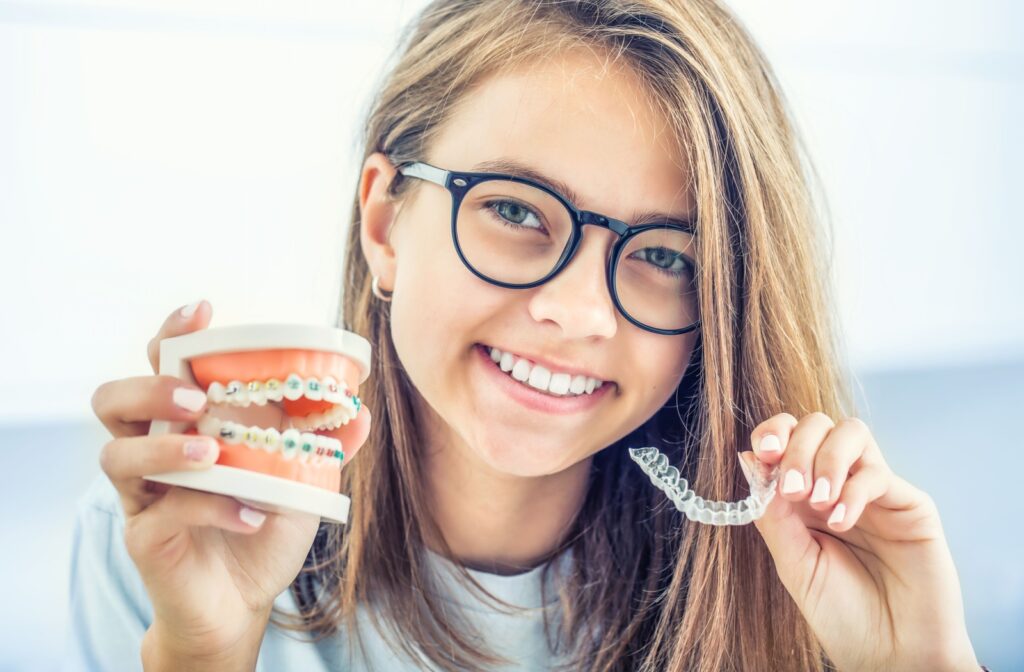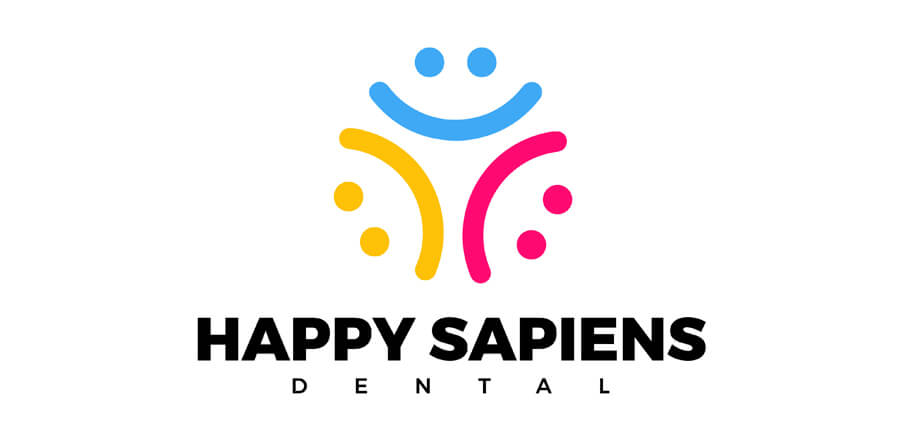
Choosing between Invisalign and traditional braces can feel overwhelming at first. Both options are effective, but they offer very different patient experiences overall. While braces have long been a trusted method for aligning teeth, Invisalign has become a popular alternative for patients looking for flexibility, comfort, and subtlety.
For many people, Invisalign is the way to go. It offers a discreet, convenient, and often faster way to achieve a straighter smile—especially for mild to moderate misalignment. However, the final choice ultimately depends on your dental needs, goals, and lifestyle.
Understanding Your Options: Braces vs. Invisalign
Orthodontic care has come a long way in recent decades, and patients today can choose between several treatment options to align their teeth and improve their oral health and smile.
Traditional braces have been the gold standard for decades. They rely on a system of wires, brackets, and elastic bands to apply consistent pressure, slowly guiding teeth into the right position. They’re also fixed to your teeth and adjusted regularly by your orthodontist.
While highly effective, braces aren’t always the most comfortable or convenient solution. They can feel bulky, affect your speech, and make eating or brushing more challenging. For many people, the look and feel of braces can also be a barrier—especially for adults or teens who want a more discreet way to improve their smile. That’s where Invisalign comes in.
What Makes Invisalign Different?
Invisalign offers a modern, flexible approach to orthodontics. Instead of wires and brackets, Invisalign uses a series of custom-designed, clear aligners that fit snugly over your teeth. These aligners are nearly invisible, plus they’re removable to boot.
Each aligner is worn for about one to two weeks before switching to the next set in the series. Over time, these aligners apply gentle, controlled pressure to gradually shift your teeth into their ideal alignment.
Invisalign can help address a wide range of issues, including:
- Crooked or crowded teeth
- Gaps between teeth
- Overbites, underbites, and crossbites
- Minor bite alignment issues
Because the aligners are removable, you won’t need to change how you brush, floss, or eat. Simply take them out during meals and when it’s time to clean your teeth. This ease of use is one of the biggest reasons patients choose Invisalign over traditional braces.
What to Expect During Invisalign Treatment
The Invisalign journey starts with a consultation, where your dentist will assess your teeth, take digital impressions, and create a 3D treatment plan to map out each stage of your smile’s transformation.
Once your aligners are ready, you’ll begin wearing them for at least 22 hours a day. Removing them only to eat, drink (anything other than water), and clean your teeth helps keep your treatment on track. You’ll receive new sets of aligners throughout your treatment, with check-in appointments every few weeks.
These visits allow your dentist to monitor progress, answer questions, and make adjustments if needed.

How Long Does It Take to See Results?
Most patients complete treatment in 6 to 18 months. That said, your timeline may vary based on:
- The severity of your alignment needs
- Your overall oral health
- How consistently you wear the aligners
Patients who follow their dentist’s instructions closely and wear their aligners as recommended often start noticing results within a few weeks. By the time you reach the final set of trays, your smile should feel—and look—remarkably different.
Key Benefits of Invisalign
There are several reasons patients choose Invisalign:
- Discreet appearance: The clear aligners are nearly invisible, making them ideal for professionals, teens, and anyone self-conscious about traditional braces.
- Comfort: No wires or brackets means less irritation inside your mouth.
- Convenience: You can remove the aligners to eat, drink, and clean your teeth without any special tools.
- Fewer office visits: Since the system is pre-planned, you’ll spend less time in the dental chair than with braces.
- Increased Hygiene: Once you’re done eating, you can simply remove your Invisalign aligners for a more thorough brushing.
While braces may still be the recommended option for certain complex cases, Invisalign offers a versatile and appealing alternative for many patients.
Choosing What’s Right for You
Both Invisalign and braces can help you achieve a healthier, more confident smile—but the right choice depends on your needs, goals, and lifestyle. Invisalign offers comfort, convenience, and a subtle appearance, while braces remain a powerful option for more complex alignment issues.
If you’re ready to explore your options, our team at Happy Sapiens Dental is here to guide you. Book your appointment today and take the first step toward a straighter, more confident you—we’re excited to be part of your journey.


